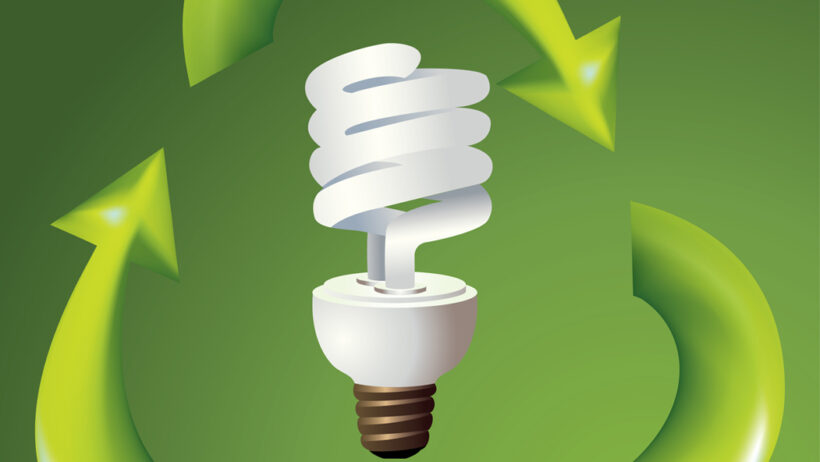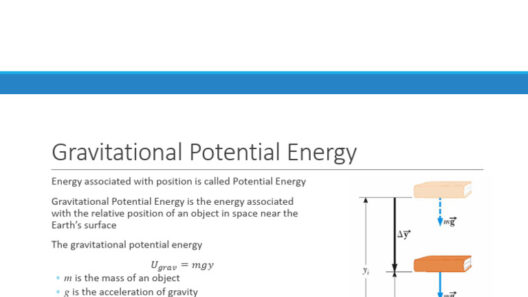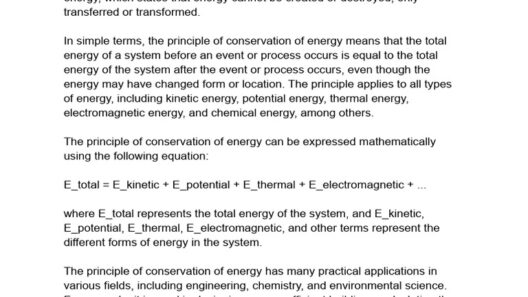In an era marked by mounting concerns about climate change and rising energy costs, conserving energy within the home has become an imperative that transcends personal savings; it is a crucial contribution to environmental sustainability. While many individuals intuitively understand the importance of reducing their energy consumption, they may overlook the simplicity of the steps involved in achieving this goal. Below, we explore an extensive range of strategies that not only facilitate energy conservation but also foster a greater awareness of individual impact on the planet.
The first principle of energy conservation revolves around understanding and optimizing home heating and cooling systems. In colder months, appropriately setting your thermostat can yield substantial savings. Lowering the thermostat by just a few degrees during the winter can result in a significant decrease in energy use, with the U.S. Department of Energy estimating savings of about 3% per degree lowered. Conversely, during hot weather, relying on fans instead of air conditioning, or setting the thermostat to a higher temperature when cooling your home, cultivates an energy-conscious mentality.
In addition to managing thermostat settings, one can further enhance efficiency by investing in high-quality insulation. Ensuring that attics, walls, and floors are well-insulated can minimize heat loss during winter and prevent heat infiltration during summer months. This not only leads to a more comfortable living environment but also drastically reduces reliance on heating and cooling systems.
Next, consider the implementation of energy-efficient appliances. Old appliances often consume substantially more energy than their modern counterparts, leading to inflated utility bills. Look for the Energy Star label when purchasing new appliances, as these items have met stringent efficiency guidelines set by the U.S. Environmental Protection Agency. Although the initial cost may be higher, the long-term savings on energy bills make these investments worthwhile.
Lighting choices also play a pivotal role in energy conservation. Traditional incandescent bulbs are notoriously inefficient, consuming excessive amounts of energy. Switching to LED or CFL bulbs can yield impressive savings. LEDs, for instance, use at least 75% less energy and last significantly longer than incandescent bulbs, making them an environmentally friendly choice. Moreover, utilizing natural light during the day, such as opening curtains or blinds, can further reduce reliance on artificial lighting.
Moving beyond simple changes, energy conservation can be augmented through behavioral modifications. Adopting energy-efficient habits, such as turning off lights in unused rooms, unplugging devices that are not in use, and employing power strips for electronics, can collectively result in noticeable decreases in energy usage. Many people overlook the “phantom load”—the energy consumed by devices in standby mode—which can account for a significant percentage of overall energy consumption.
Another innovative approach to consider involves the integration of smart technology. Smart thermostats, for example, can learn your schedule and adjust heating and cooling accordingly, optimizing energy usage. Additionally, smart plugs facilitate real-time monitoring and control of devices, allowing you to identify energy hogs and eliminate unnecessary energy expenditure. This tech-savvy approach not only simplifies energy management but can also cultivate a deeper understanding of energy consumption patterns.
One cannot underestimate the importance of outdoor energy efficiency measures. Landscaping can greatly influence energy efficiency; strategically placed trees and shrubs can provide natural shade during hot months, thereby reducing cooling loads. Similarly, utilizing energy-efficient building materials and techniques in construction and remodeling projects promotes sustainability while enhancing aesthetic appeal.
Despite the myriad of ways to conserve energy, education and advocacy remain paramount. Engaging with community initiatives that focus on energy efficiency fosters a collective consciousness about environmental responsibility. Encouraging neighbors and friends to participate in conservation efforts amplifies the impact; grassroots movements advocating for energy efficiency can yield significant results when communities unite for a common cause.
Moreover, monitoring energy consumption through monthly utility bills or smart home applications can illuminate trends over time. Understanding where energy is predominantly used allows homeowners to make informed decisions regarding where to implement further energy-saving measures. Many utility companies also offer energy audits, providing insights into areas for improvement, which can be both enlightening and financially beneficial.
Finally, it’s essential to acknowledge that energy conservation is an ongoing process. Continuous evaluation of practices not only enhances savings but also cultivates an environmentally friendly culture within the household. As individuals become more attuned to their energy consumption patterns, they may discover new avenues for improvement, leading to consistent energy savings over time.
In conclusion, conserving energy within the home is not merely about penny-pinching; it is a proactive engagement with the environment to mitigate climate change. By implementing these simple yet effective strategies, homeowners not only produce substantial financial savings but contribute to a collective effort in fostering a sustainable future. Each small step, whether it be adjusting a thermostat or opting for energy-efficient appliances, adds up over time, culminating in significant reductions in energy expenditure and environmental impact. Embracing such practices is ultimately a win-win scenario for both individual households and the planet.








